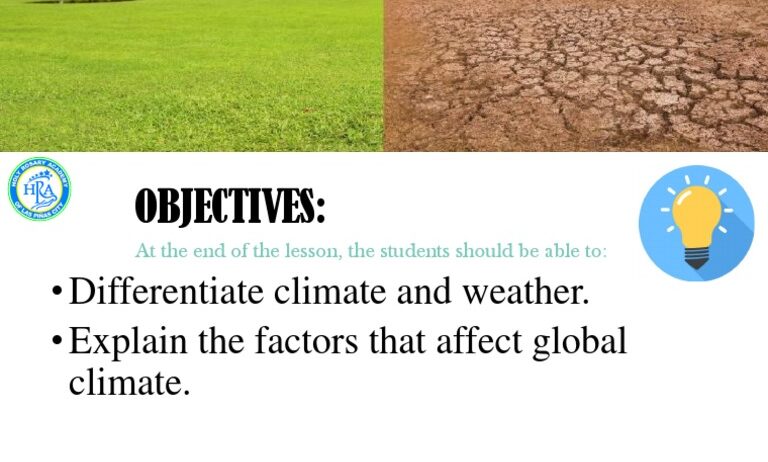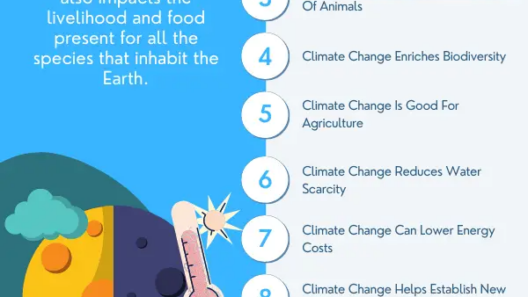Climate is not merely a transient phenomenon; it is the cumulative output of complex systems that dictate the conditions of our planet. Understanding the dynamics that shape climate can unveil the intricate tapestry of ecological interdependencies and human impacts. Three pivotal factors significantly influence climate: solar radiation, atmospheric composition, and oceanic currents. Together, these components weave together the multifaceted narrative of climate dynamics.
To commence, solar radiation is the quintessential driver of climate. The sun’s energy, a constant source of warmth and light, transcends mere illumination; it cultivates the very foundation of life on Earth. The intensity and angle of solar radiation dictate temperature variations, influencing seasonal changes, weather patterns, and overall climate zones. Regions that receive abundant sunlight, like the tropics, foster lush biodiversity, while areas basked in less solar energy experience arid climates marked by desolation.
The earth’s axial tilt plays a profound role as well. This tilt causes the seasons—when the northern hemisphere is tilted towards the sun, it experiences summer, while the southern hemisphere endures winter, and vice versa. This axial tilt, combined with the elliptical shape of Earth’s orbit, results in diverse climatic regions, from temperate to polar. Each zone exhibits unique characteristics shaped by solar exposure that dictate both flora and fauna distributions.
However, an astute observer will note that climate is not solely dictated by solar input. The atmosphere serves as a protective blanket, composed primarily of gases such as nitrogen, oxygen, carbon dioxide, and water vapor, which collectively create the conditions for life to flourish. The atmospheric composition is dynamically altered by both natural processes and anthropogenic influences, culminating in significant effects on climate. For instance, the greenhouse effect is a critical phenomenon wherein greenhouse gases (GHGs) trap heat within the atmosphere, resulting in a warming effect crucial for sustaining life.
Human activity intensifies this natural process. The burning of fossil fuels releases copious amounts of carbon dioxide (CO2) and other GHGs into the atmosphere, augmenting the greenhouse effect and augmenting global temperatures. Deforestation further exacerbates this issue; trees, which sequester carbon dioxide, are removed, thus diminishing the planet’s natural ability to mitigate climate change. This cyclical interaction between human actions and atmospheric changes elucidates the complex web of influences that govern climate, highlighting the urgent need for sustainable practices.
The third significant factor impacting climate comprises oceanic currents, the vast rivers that flow beneath the water’s surface, orchestrating temperature regulation and nutrient distribution across the globe. The oceans absorb approximately 30% of the carbon dioxide emitted by human activities, acting as a buffer against atmospheric change, yet this comes at a cost. Increased CO2 absorption leads to ocean acidification, which severely threatens marine ecosystems and alters global weather patterns.
Warm currents, such as the Gulf Stream, transport heat from the equator towards higher latitudes, moderating climates and influencing precipitation patterns on land. Conversely, cold currents can lead to cooler climates and dry conditions. The interplay between warm and cold currents also influences storm systems, with significant ramifications for regions reliant upon predictable weather patterns for agriculture and sustainability.
Moreover, the interconnection of these three factors becomes particularly evident when analyzing historical climate shifts. The Medieval Warm Period, for instance, was characterized by elevated temperatures attributed to enhanced solar activity and altered oceanic currents. Conversely, the Little Ice Age saw a drastic reduction in temperatures due in part to diminished solar radiation and increased volcanic activity, which released aerosols affecting atmospheric conditions.
As climate change increasingly manifests, understanding these critical factors becomes paramount. The interdependencies between solar radiation, atmospheric composition, and oceanic currents illustrate that climate is not a static entity; it is an evolving interplay of myriad influences. Human behavior, as a variable in this intricate system, necessitates thoughtful engagement and stewardship of our planet’s resources.
The fascination with climate lies not merely in its physical manifestations but in the understanding that our actions carry profound consequences. As stewards of the Earth, awareness and education about these factors empower populations to make informed decisions regarding their ecological footprints. The urgency of addressing climate challenges cannot be overstated; it requires a cohesive response that considers the larger environmental picture.
In conclusion, the ever-changing realms of climate are shaped by the relentless interplay of solar radiation, atmospheric composition, and oceanic currents. These fundamental factors underscore the necessity of embracing sustainable practices to mitigate adverse effects on climate. The scientific community and the public must unite to understand and address climate change, ensuring the preservation of our planet for future generations. By acknowledging and addressing these critical relationships, we can foster resilience in the face of climate challenges and promote a sustainable and thriving future.







